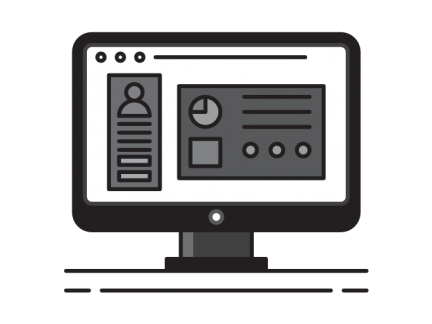3. Risks can also be internal
The individual risk does not only come from outside. You need to make sure that you can handle the internal risk as well. Examples could be poor working environment, dropout of key people, system crashes, abuse of power, and much more.
4. Use all data available
When assessing risk and finding potential threats, it is also important to look for data and case studies from external sources. These can give you invaluable insight. But also make sure to collect data about what you know the most about - namely events with a direct impact on you. Such as the extent of work injuries, system crashes, and other things that can be easily gathered in a log. For example in our RMG C3, where we have modules for e.g. insurance claim registrations, general incident registration with associated visualization tools.
5. The bigger your organization, the greater the risks
There are many reasons for this connection, not least because the larger your organization, the more an attractive target the organization is for outsiders. Plus, with a larger company, managing each department to the same extent can be more challenging.
Some risks are critical, such as those that can destroy an organization, and others are relatively minor. It is important to examine and categorize them accordingly so that each individual risk can be given the required attention.
We recommend that you as an organization get used to registering both minor and major incidents, then the procedures are in place to handle the "real" crises. And that you thereby also get data to be able to increase your knowledge and thus improve your decision basis.
6. Planning and strategies need risk management
When setting goals for the future, risk management must be closely linked to these. Without this element, it can mean that you lose focus when risks arise, and thus you can not reach your goal.
Any organization with a successful risk management plan will minimize relevant, critical risks and at the same time - with its eyes open - take the right risks.




